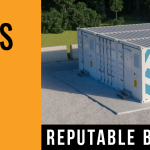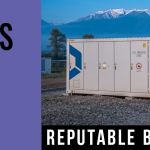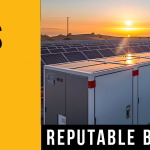
Germany’s draft renewable energy laws, which the government is seeking to introduce next year, have been heavily criticised by energy storage systems association BVES.
A critical piece of the country’s energy transition (Energiewende) legislature, which originally aims to bring about an economically feasible low carbon society, the German Renewable Energy Sources Act (‘Erneuerbare-Energien-Gesetz’ – EEG) first introduced a feed-in tariff for renewable energy in the year 2000.
With the 20-year remuneration period for those feed-in tariffs set to expire, the Ministry of Economic Affairs and Energy introduced a new EEG in mid-September. The new laws should also enable Germany to comply with European Union policies such as the EU Clean Energy Package as well as the country’s obligations under the Paris Agreement on climate protection.
Valeska Gottke, head of communications and markets for the energy storage systems association BVES, told Energy-Storage.news in an interview that the draft law as it stands, is “bad news for the successful continuation of the Energiewende as it does not bring renewable ‘power to the people'”.
“In their analyses of the Market Design Directive and the Renewable Energy Directive II, our BVES legal experts came to the conclusion that the current draft of the EEG does not implement EU law and, if the current draft of the EEG remains unchanged, Germany can be accused of violating EU treaties,” Gottke said.
“The EU Clean Energy Package emphasises strengthening the role in the electricity system of the prosumer – citizens or businesses that generate and consume their own onsite renewable energy, to which battery storage is considered key.”
Yet the new draft law does not even mention the EU Market Design Directive around protecting or supporting prosumers. The home energy storage market, which has been booming in Germany in the past couple of years “has already shown how essential it is for the goals of the Energiewende and may now be forced to fall short of its potential,” Gottke said.
read more











